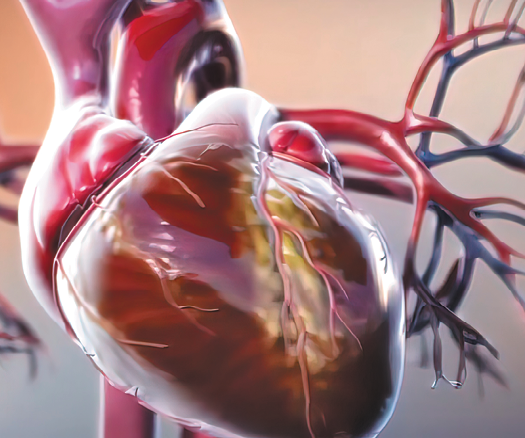Q: I’m confused about the terms “heart disease,” “cardiovascular disease,” and “coronary artery disease.” Are these all the same?
A: Dariush Mozaffarian, MD, DrPH, a cardiologist, dean of policy at the Friedman School, and editor-in-chief of this newsletter, answers. “These terms can certainly be confusing. Cardiovascular disease (CVD) is the umbrella term for any condition that affects the heart or—through diseases of the blood vessels—other organs throughout the body, including the brain, kidneys, and lower limbs. More than 800,000 people in the U.S. die of CVD (including due to heart attacks, strokes, cognitive decline, chronic kidney dysfunction, and peripheral arterial disease) every year.
“Heart disease is a subset of CVD. It encompasses various conditions that alter the heart’s structure or function. Heart disease includes congenital heart problems (those someone is born with), as well as problems with the heart muscle (such as heart failure) or electrical system (arrhythmias like atrial fibrillation). But the most common type of heart disease is coronary heart disease, also called coronary artery disease (CAD). CAD is caused by atherosclerosis, the buildup of inflammatory, lipid-rich deposits called plaque in the heart’s blood vessels. Over time, this plaque can narrow the arteries and make them less flexible (which is why you may hear atherosclerosis called hardening of the arteries). With CAD, atherosclerosis can lead to chest pain (angina) from reduced blood flow to the heart or a heart attack (myocardial infarction) from sudden blockage of a coronary artery.
“A similar process of atherosclerosis can occur in any artery of the body, leading to ischemic strokes or cognitive decline in the brain, decline in kidney function, or pain in the limbs (usually the legs) called peripheral arterial disease.
“The risk factors for all these diseases are shared: smoking, poor diet, physical inactivity, high blood pressure, abnormal blood cholesterol and glucose levels, and chronic systemic inflammation. The best way to prevent and treat CVD (except for congenital problems) is to make smart lifestyle choices. Every day makes a difference—it adds up—to avoid this number one killer of Americans and people around the world.”
























